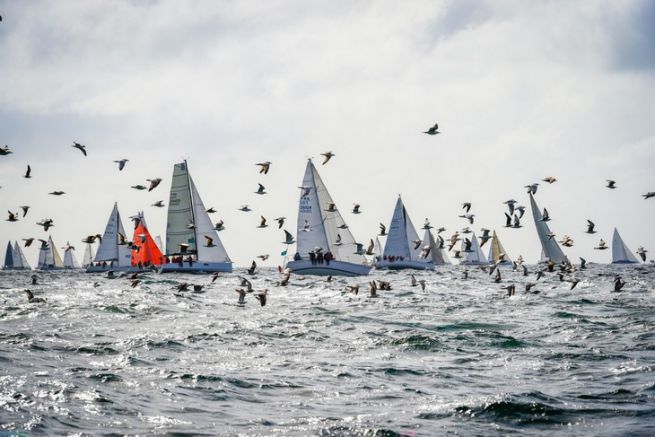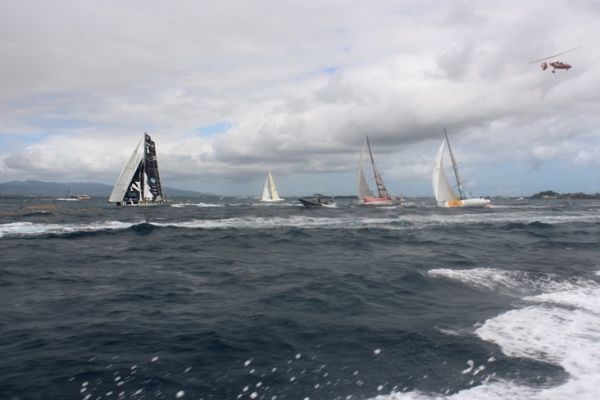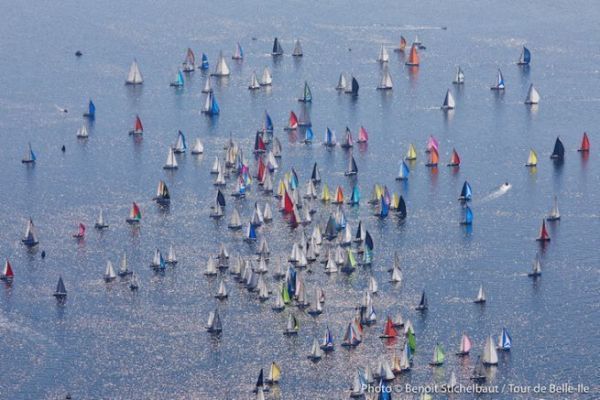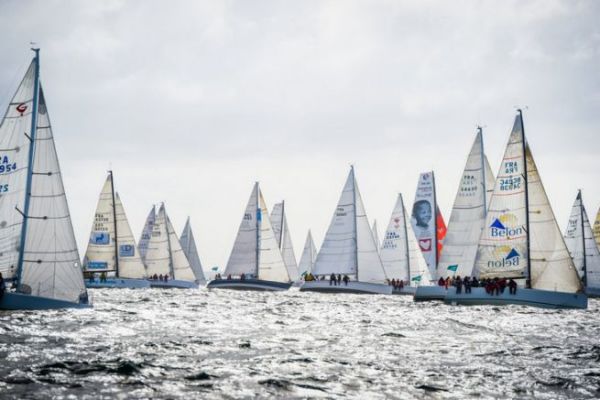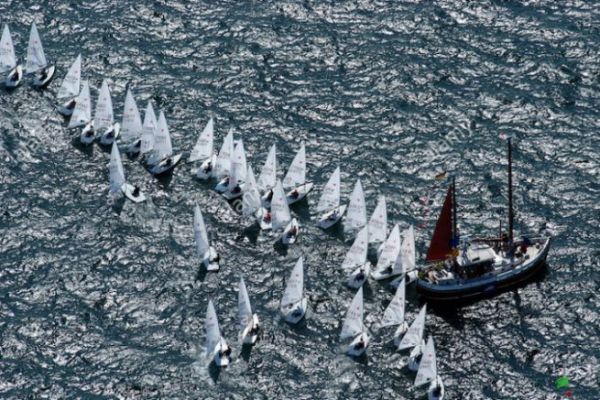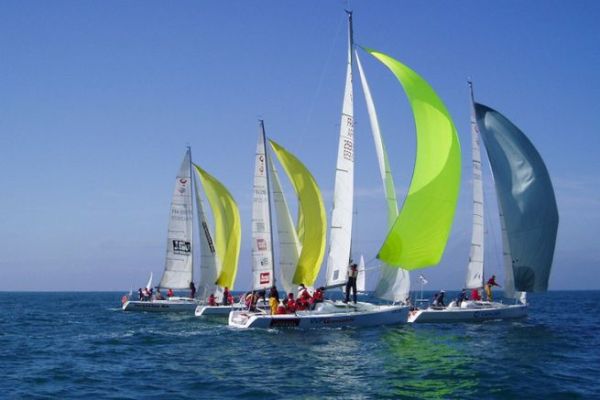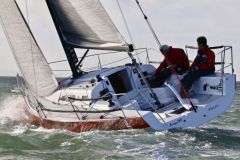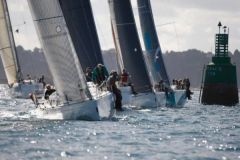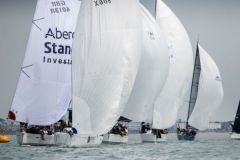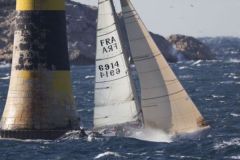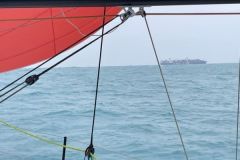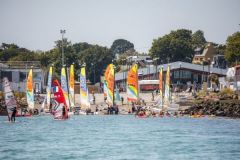The start, a very special moment for régate?!
The time counted at the VHF increases the pressure. The proximity of competitors who share the same ambition to take the best place further heightens the tension on board the yachts.
But be careful, a start is not an arena where the strongest, most intimidating, prevails over those who carefully avoid contact. No, a regatta start is governed by a procedure, announced in advance, and some rules you may know to enjoy this highlight of the race.
Generality on a starting line
A starting line is always symbolized by a virtual line between two brands that sailboats must cross to validate their entry into the race. The starting axis is often wet in the wind, but not necessarily. The president of the race committee could decide to give a downwind or crosswind start.
The race committee symbolizes one end of the starting line - on land or at sea. The orange flag indicates that the line is wet. One buoy establishes the other end.
The race committee carries out the start procedure using flags and audible signals, in accordance with the "Race Instructions" (IC), a document given in advance to each skipper.
The start procedure is certainly the moment of a regatta offering the most sensations and adrenaline. It is said that a good part of the race is played at this crucial moment. This phase of the game, which is under tension, is governed by a specific procedure to be followed to ensure a successful start and avoid an accident or penalty.
From one regatta to another, the duration of the start procedure may vary. Most often, it is a countdown of 5, 6 or 8 minutes. This procedure is specified in the "IC", the document of the race instructions.
Example, of an 8-minute procedure
Regardless of the duration of the departure procedure, the last four minutes generally proceed in the same way. Let's see the procedure together for 8 minutes:
- Departure - 8 minutes: this is the warning signal.
The committee raises the club pavilion or the series pavilion (Figaro class for example).
During the warning signal, the race committee may hoist the Y flag, which means that the wearing of lifejackets is MANDATORY

- Departure - 4 minutes: this is the preparatory signal.
The committee will choose to display a flag P, I, Z or Black + short beep. The chosen flag gives details of the obligations and penalties related to the start line in the minute before the start.

Most often, the race committee sends pavilion P meaning that you must be below the starting line at the time of departure.

The committee may also send pavilion I which means that you must be below the line and its extensions for the minute before the start

It can also send the e pavilion Z which takes over the obligation of flag P and adds that it is not necessary to be in the triangle formed by the ends of the line and the first mark during the minute preceding the start.

And finally, if the committee is exasperated by the "line thieves", it will be able to launch a start under the black flag It has the same constraints as Pavilion Z, but the penalty is terrible: disqualification for the race and obligation to leave the water!
- Departure - 1 minute. This phase is called "The Minute"
The committee lowered the preparatory signal flag (P I, Z or Black) + long beep. Be careful, a boat that crosses the line in advance is subject to a penalty that can go as far as exclusion.
- 0 Minute 0 second. This is the top départ?!
The committee lowered the class pavilion + short audible signal.
- Start + 3 seconds
This is a possible individual reminder signal ( pavilion X +1 short signal ) or a general fleet recall.
If you haven't seen all the pavilions, don't worry. In general, for the smooth running of the regatta, the race committee also announces to the VHF the signals and the start procedure phases.

 /
/ 